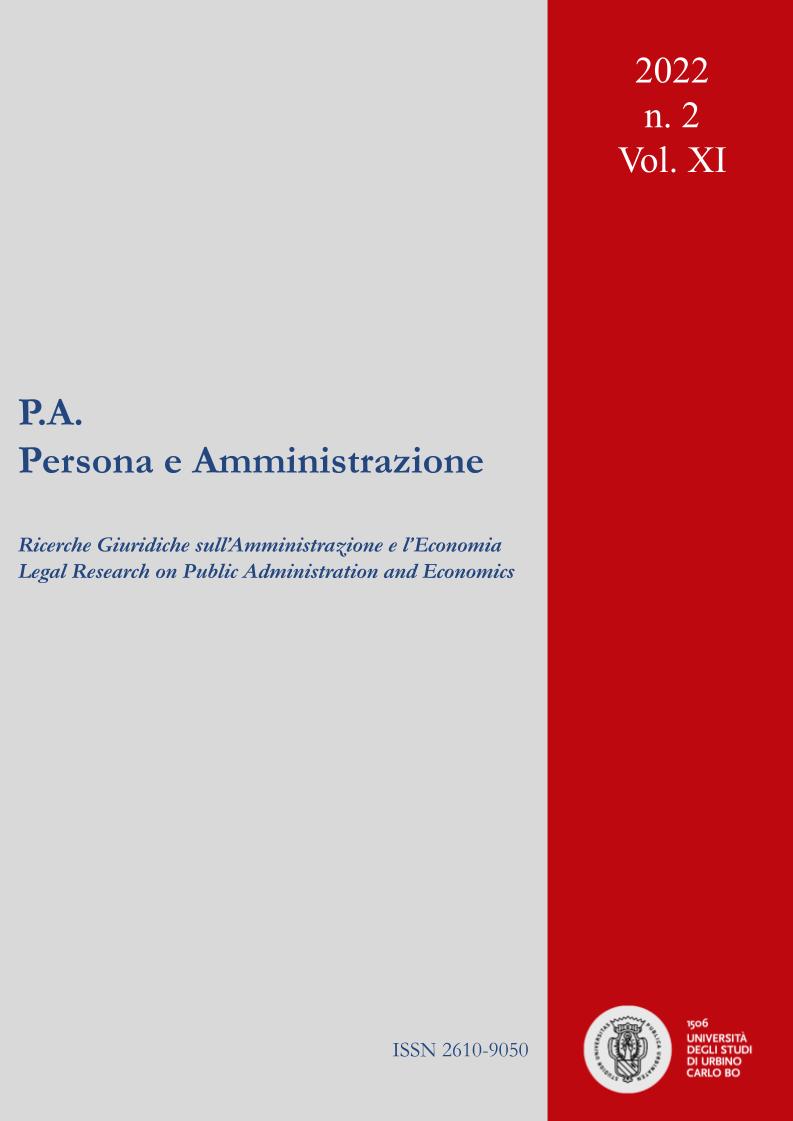Abstract
Good faith, ever since its emergence in public law relations, has had the function of bringing out and protecting claims of the individual against power. Whether considered as a parameter of legitimacy of public decisions or as a source of public administration liability, it is not seriously debatable that good faith contains a claim before authority.
Nonetheless, like all general clauses, good faith is an open regulatory fabric, through which elements enter the legal order, strongly conditioned by the historical moment in which the interpreter acts. In these terms, a careful vigi-
lance of scholars on its practical uses is required.
Precisely from this perspective, the work is directed at highlighting certain profiles of the reversal of the function of good faith and, in order to do so, it focuses on the perimeter of public economic law, a sector of the legal system that is most suited to highlighting the profiles that are relevant to the analysis; since it is difficult to perimeter public economic law as a sector of the legal system, the method that is chosen is substantially casuistic.
To conduct the analysis properly, it is necessary to highlight different declinations of good faith: good faith strictu sensu; good faith/legitimate expectation; good faith/stability; good faith/legal certainty. By analyzing these four different relevant profiles of good faith, two different paths of reversal of the function of good faith will emerge.
Firstly, it will be possible to highlight the enforcement of good faith/stability - in a neo-liberal perspective - as an authoritarian technique through which to derogate from the ordinary rules to ensure the final result of an economic operation, limiting rights and jurisdictional protection; on the contrary, the claim to legal certainty (like that to the protection of legitimate expectations) is completely frustrated, through specific juridical techniques: vagueness of the norms; laws-law or tailor made laws; limitations of protection; elimination of administrative decision through the decree-law/commercial operation pair.
Secondly, and to a lesser extent, hypotheses emerge of the use of good faith to compress the claims of the private individual in favor of the authority. The investigation is carried out by way of example through the resolution of banking crises; emergency laws; limitations on the administrative procedure and judge’s powers; golden powers; cyber security; motorway concessions.
Finally, it highlights how the constitutional duty of solidarity, which much of the literature places as the foundation of good faith, is susceptible to being used in the opposite sense according to a neo-liberal logic.

This work is licensed under a Creative Commons Attribution 4.0 International License.
